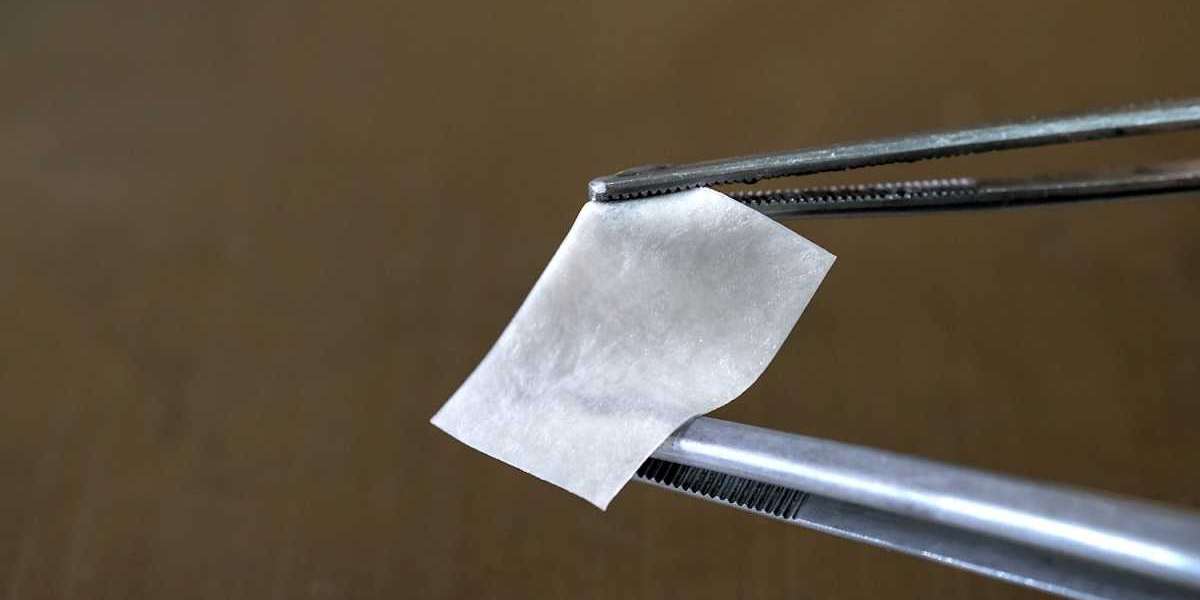For years, wound healing relied on standard dressings, topical creams, and surgical intervention. While these methods helped manage injuries, chronic and complex wounds often required more advanced solutions. Today, amniotic wound grafts and amniotic wound care products are reshaping how doctors and patients approach recovery — offering faster healing, reduced scarring, and fewer complications.
What Are Amniotic-Based Products?
Amniotic-based products are medical treatments derived from the amniotic membrane — the innermost layer of the placenta. Rich in growth factors, stem cells, and natural anti-inflammatory properties, this tissue provides an ideal environment for cell regeneration.
There are two main types used in wound care:
Amniotic wound grafts: Surgical applications placed directly over complex wounds to stimulate tissue repair.
Amniotic wound care products: Dressings, patches, or topical formulations for ongoing at-home or outpatient wound management.
Both types share the same biological advantages but differ in their use cases.
Why the Shift Toward Amniotic Healing?
Traditional wound care methods often focus on protecting the wound and preventing infection. While essential, these approaches don’t always actively speed up regeneration. Amniotic products go beyond protection — they actively encourage the body’s own repair systems.
Key benefits include:
Accelerated Healing: Growth factors trigger cell division and tissue formation.
Reduced Inflammation: Naturally occurring cytokines help calm the immune response.
Less Scarring: The extracellular matrix supports organized tissue regrowth.
Lower Risk of Rejection: Because amniotic tissue is immune-privileged, the body rarely rejects it.
This combination means faster recovery times and better long-term results for patients.
Amniotic Wound Grafts in Clinical Settings
Amniotic wound grafts are most often used for:
Chronic diabetic ulcers
Large burns
Non-healing surgical wounds
Pressure injuries (bedsores)
Applied during a procedure, these grafts integrate with the wound bed and begin releasing growth factors almost immediately. Surgeons often choose them when other treatments have failed, or when faster recovery is critical to avoid complications.
A growing number of hospitals now include amniotic grafts in their advanced wound care protocols, supported by clinical studies showing higher closure rates compared to standard dressings alone.
Amniotic Wound Care Products for At-Home Recovery
For ongoing wound management, amniotic wound care products offer patients a more convenient option. Available as dressings, sprays, or gels, these products can be used after surgical graft placement or for less severe wounds that still benefit from advanced healing properties.
Patients can apply them at home with guidance from their healthcare provider. This accessibility reduces the number of in-clinic visits and supports consistent healing between appointments.
Evidence and Research Backing the Trend
Multiple studies confirm that amniotic-based treatments shorten recovery times and reduce the risk of infection. For example, research published in wound care journals shows that diabetic ulcers treated with amniotic membrane dressings healed significantly faster than those with conventional care alone.
What makes these products stand out is their combination of:
Biocompatibility (low risk of immune reaction)
Bioactivity (active promotion of healing)
Versatility (usable in surgical and non-surgical contexts)
This combination is rare in wound care — and explains the rapid adoption by medical professionals worldwide.
Challenges and Considerations
While amniotic-based products are promising, they aren’t a one-size-fits-all solution. Cost, insurance coverage, and availability can be barriers for some patients. Additionally, not all wounds are appropriate for this type of treatment — deep infections or necrotic tissue may require other interventions first.
Clinicians also emphasize the importance of proper application technique. Even the most advanced amniotic wound grafts won’t work if placed on a poorly prepared wound bed.
The Future of Amniotic Healing
As technology advances, researchers are developing even more refined versions of amniotic products. These may include:
Freeze-dried grafts with longer shelf lives
Combination therapies pairing amniotic tissue with antibiotics or stem cell boosters
3D-printed amniotic scaffolds for complex tissue reconstruction
The ultimate goal is to make these solutions more affordable, widely available, and tailored to individual patient needs.
Key Takeaway
Amniotic wound grafts and amniotic wound care products mark a major leap forward in wound treatment. They don’t just protect the wound — they actively help the body heal itself. While challenges remain in access and cost, the clinical results are compelling: faster healing, reduced scarring, and improved patient outcomes.
For patients and healthcare providers alike, the message is clear: amniotic-based treatments are not just an innovation — they’re becoming a new standard in advanced wound care.











